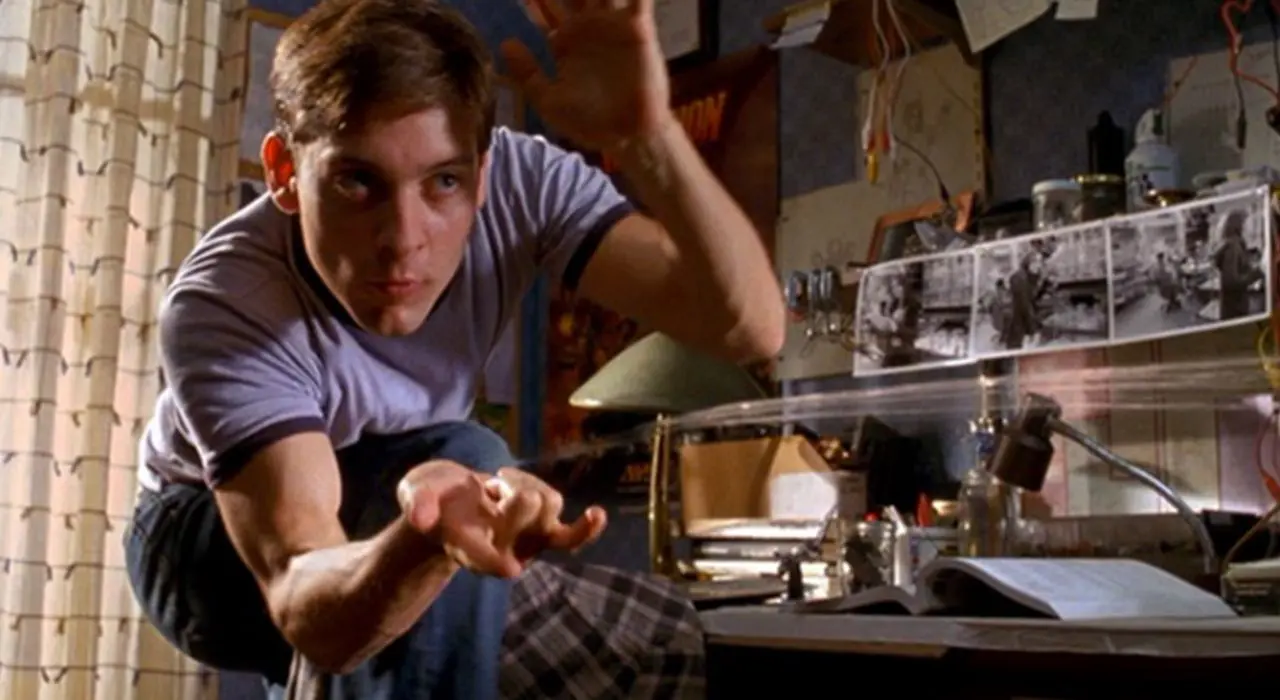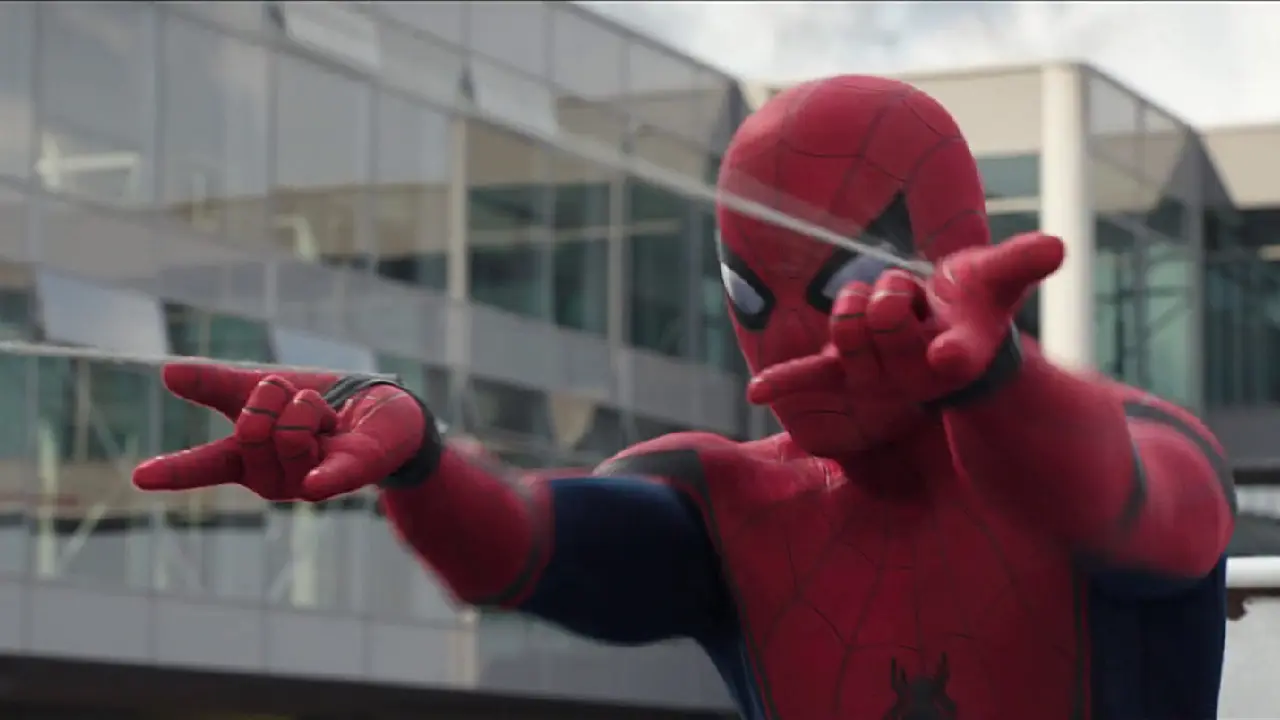For Millennials. By Millennials.
When older fans saw Tom Holland‘s Spider-Man for the first time on the big screen, they were left shocked by one little detail. And that was the mechanical web-shooters. These were fans whose main interaction with Spider-Man was through Sam Raimi’s trilogy. And in all those three blockbuster films, they saw Toby Maguire’s Spider-Man with organic web-shooters. So, why does Holland have mechanical web-shooters and not organic ones like Maguire?
Tom Holland’s Spider-Man is actually closer to the source material
Now, filmmakers often tweak their heroes to distance themselves from any past version of the character. That’s a common thing that happens, like with Batman. However, in the case of Spider-Man, things are a bit different. The mechanical web-shooters are actually closer to how Stan Lee and Steve Ditko wrote Spider-Man in the comics. Therefore, Tom Holland’s version of Spider-Man is actually more accurate to the comics.

The bite from the radioactive Spider gave Spider-Man in the Stan Lee comics the “spidey sense” along with other powers, including superhuman strength and agility, ability to climb buildings, and others. However, the organic web-shooters only ever made their first appearance in Sam Raimi’s Spider-Man trilogy. Somehow, the spider’s bite had resulted in the growth of some glands in his wrists, giving him the ability to shoot webs. And for those who had read the Spider-Man comics, it wasn’t just weird, but lowkey disgusting too. For instance, Marcus over at Cosmonaut Variety Hour cringed at the organic web-shooters in his review of the Sam Raimi films. And that is one reason why he welcomed Tom Holland’s mechanical web-shooters.
When Marvel decided to reimagine Spider-Man with Tom Holland, they brought him closer to his roots with the web-shooters. However, the studio went a step further. They used the mechanical web-shooters to show the intellect and genius that Peter Parker possessed. And Marvel used this to create a bond between Tony Stark and Peter Parker quite seamlessly. With that, Marvel was able to put Tom Holland’s Spider-Man at the forefront of the MCU lineup after Tony Stark’s demise in Endgame.
How mechanical web-shooters made Spider-Man better

Marvel’s version of Spider-Man brought him closer to Stan Lee and Steve Ditko’s original comics. In it, Peter Parker would make an adhesive fluid and built a mechanical web-shooter around his wrist to swing across buildings and fight bad guys. But, he would also be under the constant threat of the adhesive running out, as Stan Lee said:
The one thing I liked about Peter’s web-shooters was the fact that they made him more vulnerable. At any crucial moment he could run out of web fluid and be forced to rely on his wits.
And Marvel utilized this with Tom Holland too in Spider-Man: Homecoming, further using it to show how Peter Parker is the perfect successor to Tony Stark. For now, some exciting possibilities await Peter and his future at the helm of Stark Industries. Therefore, let’s see what Marvel has in store for him.
